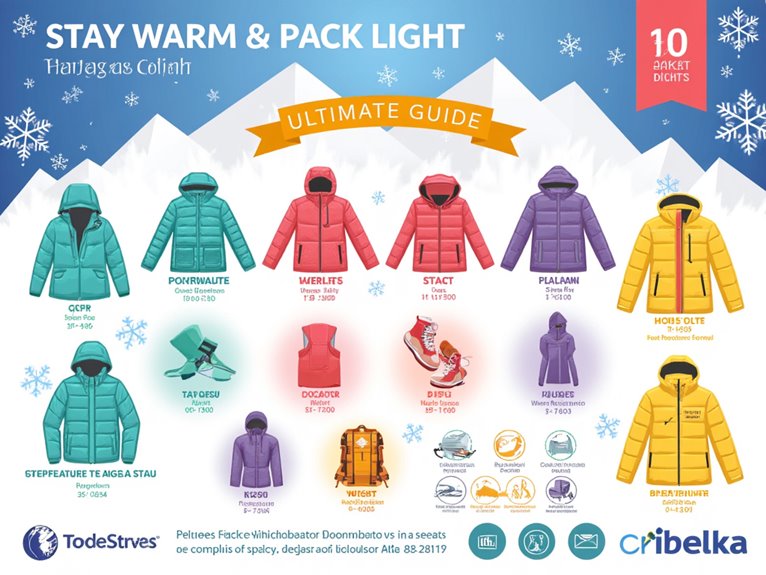What Is the Difference Between Freezing and Non Freezing Cold Injuries?
Freezing cold injuries occur when skin and underlying tissues freeze due to prolonged exposure to temperatures below 0°C (32°F), causing ice crystal formation and tissue death. Non-freezing cold injuries, on the other hand, occur when tissues are exposed to cold temperatures, but not cold enough to cause freezing, leading to cellular damage and inflammation. The primary difference between the two lies in the formation of ice crystals, with freezing cold injuries causing immediate tissue damage and non-freezing cold injuries resulting in gradual damage. Understanding these distinctions is vital for proper diagnosis and effective treatment, and exploring further will reveal the nuances of prevention and management strategies.
We are supported by our audience. When you purchase through links on our site, we may earn an affiliate commission, at no extra cost for you. Learn more. Last update on 20th January 2026 / Images from Amazon Product Advertising API.
Freezing Cold Injuries Explained
Freezing cold injuries, also known as frostbite, occur when skin and underlying tissues freeze due to prolonged exposure to temperatures below 0°C (32°F), resulting in ice crystal formation that damages cellular structures.
This freezing process disrupts blood flow, leading to tissue death and potential amputation if left untreated.
The extremities, such as fingers, toes, ears, and noses, are most susceptible to freezing cold injuries.
Symptoms include numbness, tingling, and pale or blue-gray skin.
If you suspect frostbite, seek medical attention immediately, as prompt treatment is vital in preventing long-term damage.
Remove any wet clothing, and gently rewarm the affected area with warm water (not hot water).
Until medical help arrives, avoid rubbing or massaging the affected area, as this can cause further damage.
Non-Freezing Cold Injuries Defined
What distinguishes non-freezing cold injuries from their freezing counterparts is the absence of ice crystal formation, despite the presence of cold-induced tissue damage.
This type of injury occurs when tissues are exposed to cold temperatures, but not cold enough to cause freezing. As a result, the tissues undergo cellular damage, leading to inflammation, pain, and impaired function.
Non-freezing cold injuries can affect various tissues, including skin, muscles, nerves, and blood vessels. The injury can manifest as numbness, tingling, or burning sensations, and may lead to long-term damage if left untreated.
Understanding the characteristics of non-freezing cold injuries is vital for proper diagnosis and effective management.
Causes and Risk Factors Compared
Several factors contribute to the development of both freezing and non-freezing cold injuries, including environmental, individual, and activity-related elements.
Environmental factors include cold temperatures, wind, and precipitation.
Individual factors include age, physical condition, and certain medical conditions.
Activity-related factors include duration and intensity of outdoor activities, clothing and gear, and acclimatization to cold temperatures.
Additionally, other risk factors such as fatigue, dehydration, and certain medications can also contribute to the development of cold injuries.
Understanding these causes and risk factors is essential for prevention and early intervention.
Symptoms and Diagnosis Differentials
While understanding the causes and risk factors of cold injuries is essential, accurately identifying and diagnosing these injuries is similarly significant to facilitate timely and effective treatment.
Symptoms of freezing cold injuries, such as frostbite, include numbness, pale or grayish skin, and firm or waxy skin.
In contrast, non-freezing cold injuries, like trench foot, present with symptoms such as numbness, tingling, and pain in the affected area.
Diagnosis differentials must consider other potential causes of these symptoms, including Raynaud's disease and peripheral neuropathy.
Accurate diagnosis is pivotal, as misdiagnosis can lead to delayed or inadequate treatment, exacerbating the injury.
A thorough physical examination, medical history, and laboratory tests can aid in distinguishing between freezing and non-freezing cold injuries.
Treatment and Prevention Strategies
Effective treatment and prevention strategies for cold injuries require a thorough approach that incorporates immediate first aid, ongoing wound care, and long-term management to minimize tissue damage and promote ideal recovery.
Immediate first aid involves rewarming the affected area, removing wet clothing, and providing warm fluids.
Ongoing wound care involves daily dressing changes, debridement, and antibiotic therapy as needed.
Long-term management may involve physical therapy, pain management, and psychological support.
Prevention strategies include educating individuals on cold weather safety, promoting proper clothing and gear, and encouraging regular breaks in warm environments.




